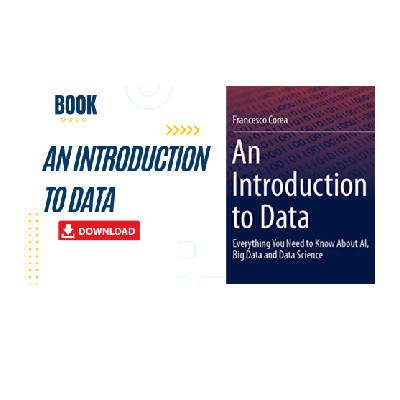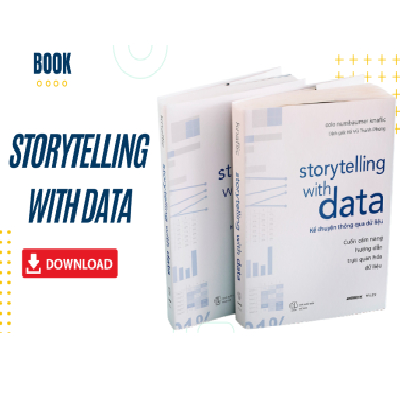
Article | Infographics: Simplify Data, Catch the Eye
AED 0.00
Category: Articles
Description:

Islam Soliman | May 5, 2023
Business Analyst | Data Analyst | Data Visualization | Business Development | Programmer
Infographics are an effective visual communication tool that can be used to present complex information in a clear and interesting way. They are frequently used in a variety of industries, including data analysis, journalism, education, and marketing. This essay will discuss infographics, the various kinds of infogr aphics, and their significance.
![How to Create an Infographic in Under an Hour [10 Free Infographic Templates]](https://designers.hubspot.com/hubfs/infographic-templates-1.png)
What is an Infographic?
An infographic is a visual representation of data or information. They are designed to make complex information more accessible and easy to understand,by presenting it in a clear, concise, and engaging way. Infographics can take many forms, from flowcharts and graphs to maps and diagrams.

Types of infographics:
There are numerous varieties of infographics, each with its own set of facts and communication aims. Here are a couple such examples:
1-Statistical infographics - These infographics are used to visualise numerical data and statistics such as percentages, ratios, and trends. They can take the form of bar charts, pie charts, line graphs, and other graphics.
2-Timeline infographics - These infographics are used to portray the progression of events over time. They can be used to depict historical events, project timelines, and more.
3-Comparison infographics - These infographics are used to compare two or more things side by side. They can be used to compare various products, services, or companies, among other things.
4-Process infographics - These infographics are used to depict the steps in a process or workflow. They can be used to illustrate how a product is manufactured, how a service is supplied, or how a workflow is optimised.
What is the significance of infographics?
Infographics are useful for a variety of reasons. Here are a few examples:
1-They make information more accessible - By displaying information visually, infographics make complicated concepts and facts easier to understand.
2-They increase engagement - Because they employ images, colours, and other design elements to grab the eye and maintain the reader's attention, infographics are more engaging than text-based content.
3-They improve retention - Infographics are more remembered than text-based information because the brain interprets and recalls visual information more quickly.
4-They can help build brand recognition - By presenting information in a visually appealing style that resonates with the company's values and messaging, infographics can be used as a marketing tool to build brand awareness.
To summarise, infographics are a strong visual communication tool that may be utilised in a variety of sectors and applications. Infographics boost knowledge, engagement, retention, and can even assist build brand awareness by presenting complex information in a simple, entertaining, and accessible manner. Whether you're a marketer, educator, journalist, or analyst, infographics may help you successfully communicate your message.
References for further reading on infographics :
-
"The Functional Art: An Introduction to Information Graphics and Visualization" by Alberto Cairo -
-
"Information is Beautiful" by David McCandless -
-
"Cool Infographics: Effective Communication with Data Visualization and Design" by Randy Krum -
-
"The Infographic History of the World" by Valentina D'Efilippo and James Ball -
-
"Visual Explanations: Images and Quantities, Evidence and Narrative" by Edward R. Tufte -
- #infographics
- #dataviz
- #visualcommunication
- #informationdesign
- #visualstorytelling
- #graphicdesign
- #digitalmarketing
- #contentmarketing
- #informationvisualization
- #dataanalysis

















